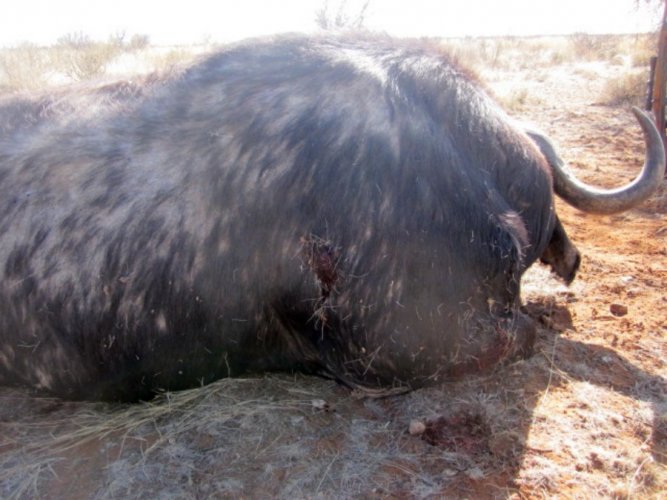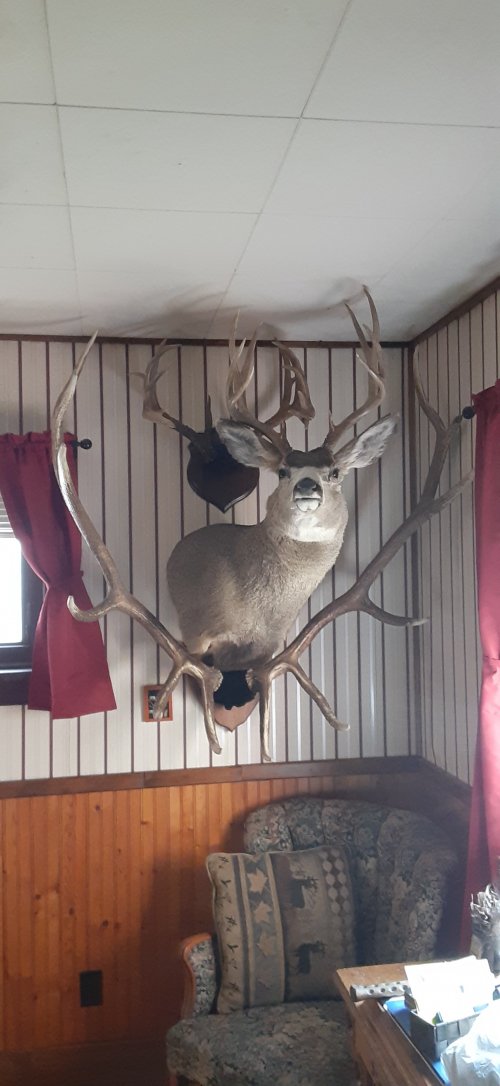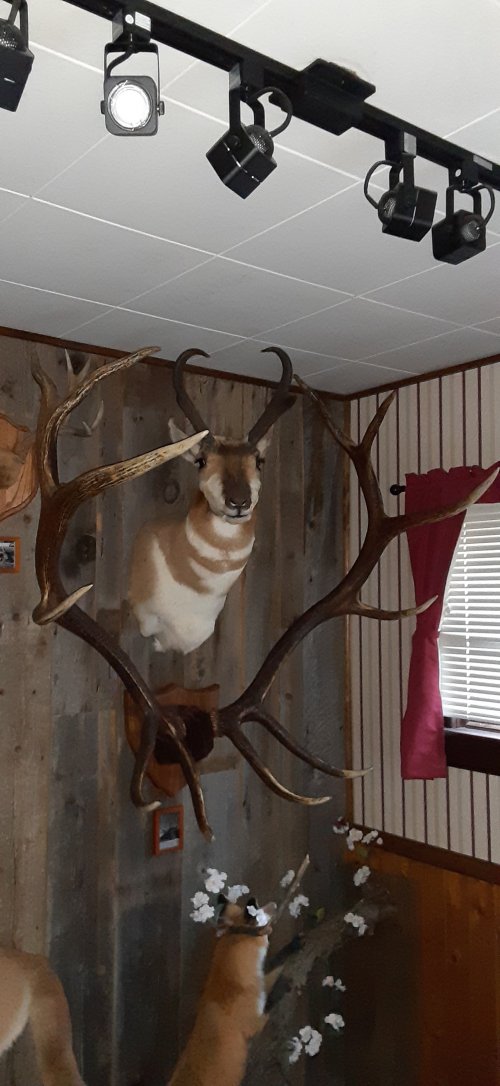Dancerpro
Active member
- Joined
- Apr 18, 2021
- Messages
- 92
This year is shaping up to be my first (since I was a kid) hunting season. I have been talking to hunters for several, trying to get an idea of what to do to accomplish a successful hunt. One thing that has not come up, leading the animal. It seems as though everyone advises waiting till the animal stops. However, as a kid I remember hunters talking of leading the animal. Best of my knowledge, you don't lead a stopped animal. What changed? Why wait till the animal stops? The only thing that comes to mind is, easy(ier) shot and I understand that. What happens if the deer does not stop? Am I just supposed to watch supper WALK away. I get it if it is running, to many possibility of things going wrong, but walking.
My personality is to take chances and that is where these questions come from. I want to be a responsible hunter, with ethical practices and the only way to do that is to fully understand what hunting ethics mean and how to apply them to my life. You folks have been most helpful and I hope you'll be patient a while longer. There is a light ending this tunnel and I hope to be joining your ranks in the coming season. Your advice is helping to shape the hunter I'll become, thank you.
My personality is to take chances and that is where these questions come from. I want to be a responsible hunter, with ethical practices and the only way to do that is to fully understand what hunting ethics mean and how to apply them to my life. You folks have been most helpful and I hope you'll be patient a while longer. There is a light ending this tunnel and I hope to be joining your ranks in the coming season. Your advice is helping to shape the hunter I'll become, thank you.






